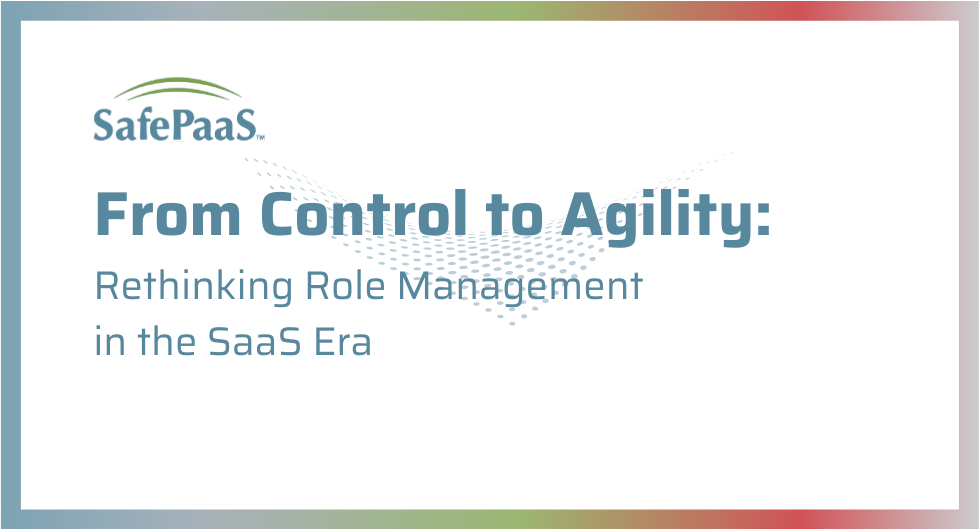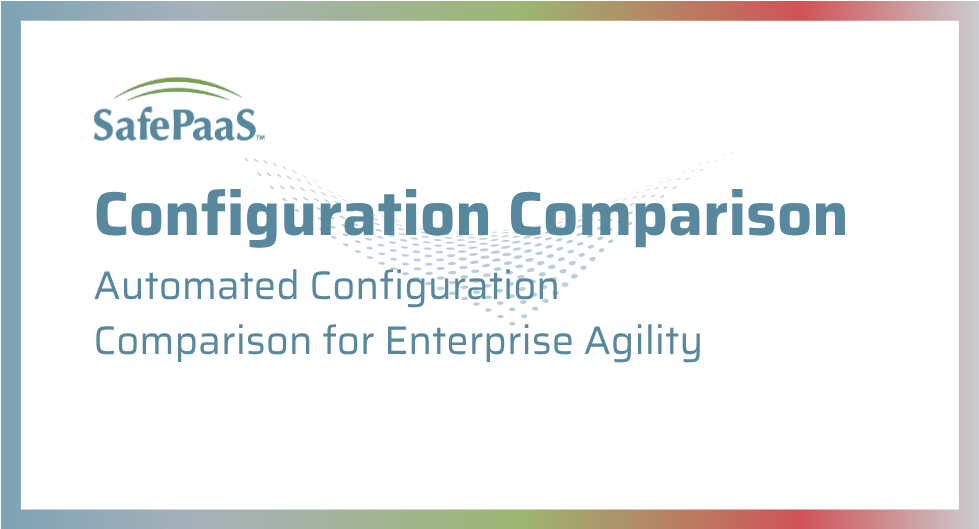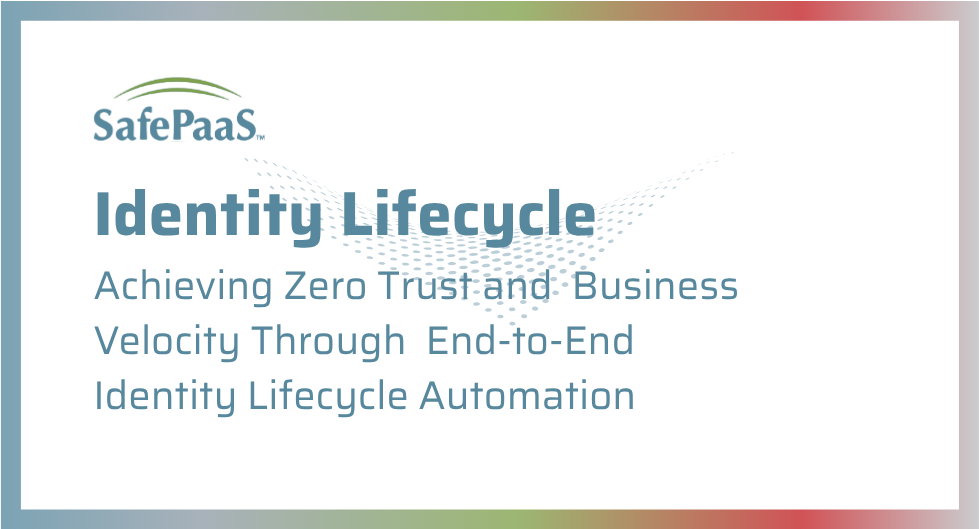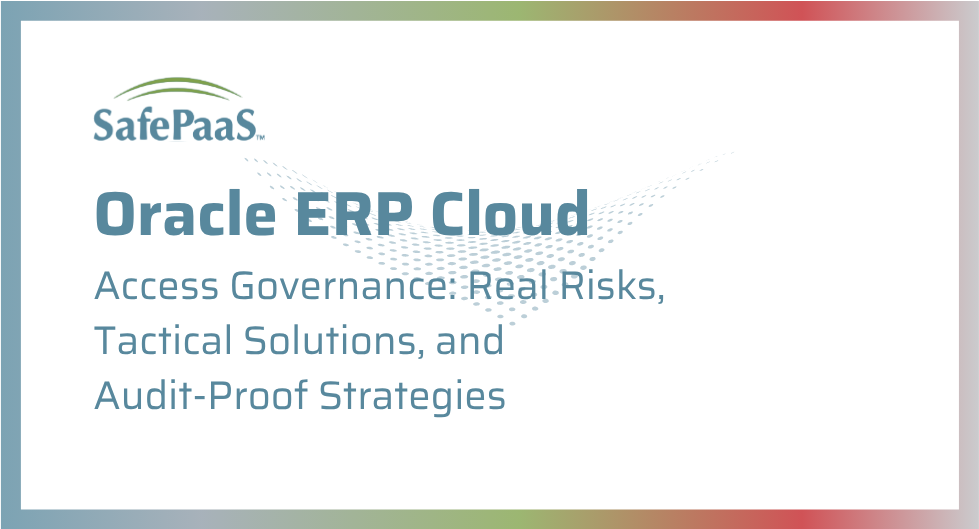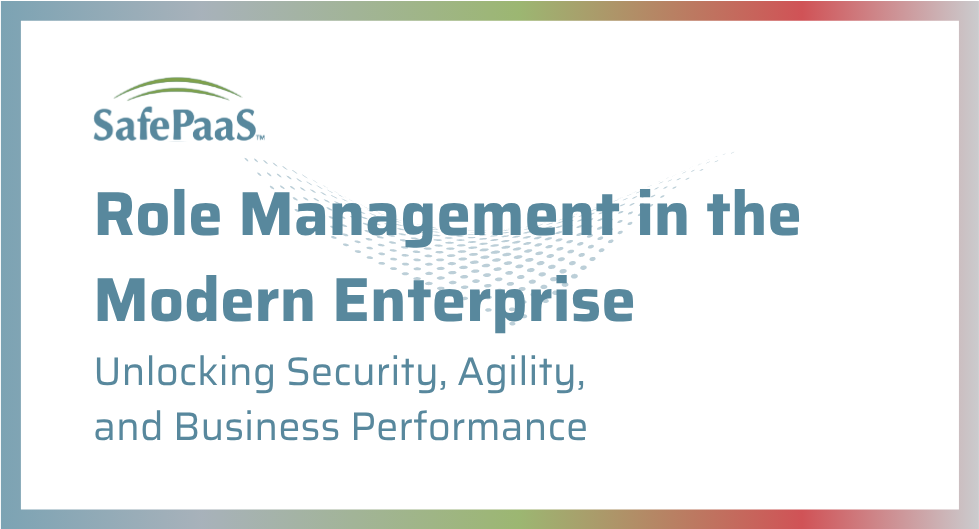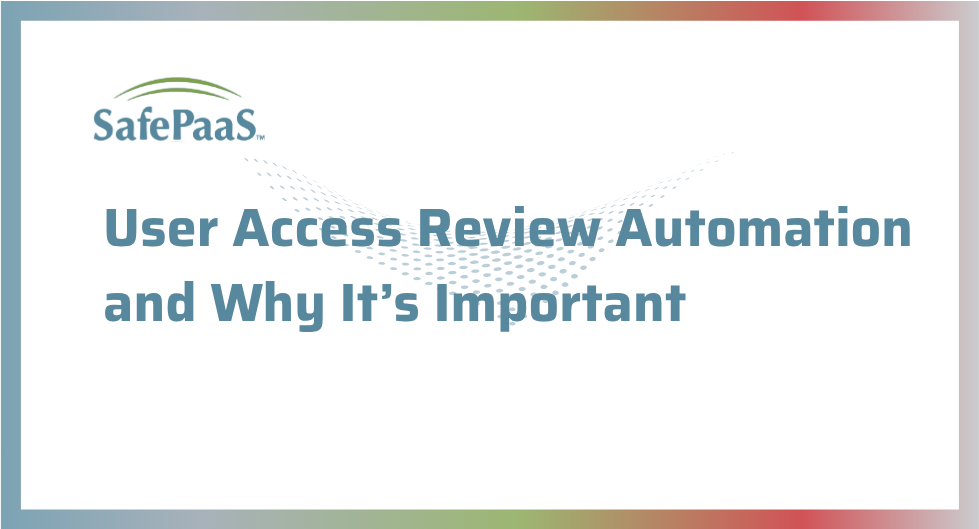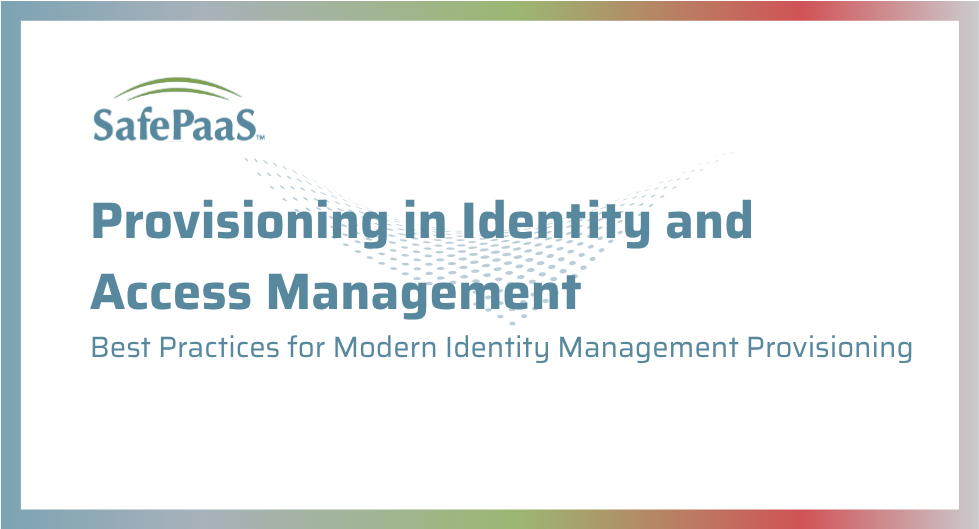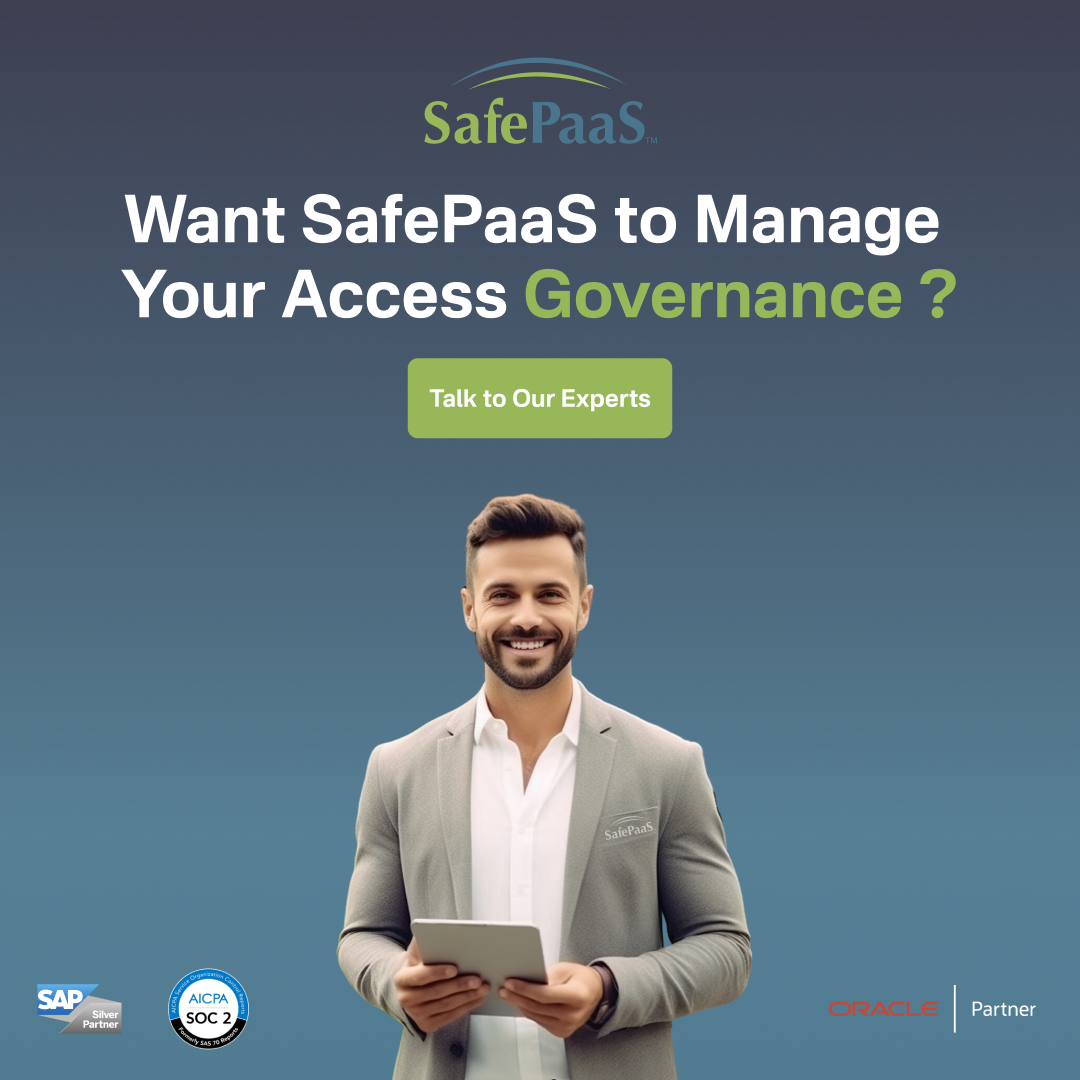Roles—The New Security Battleground
How many people would you trust with the keys to your house? Most of us instinctively limit access, reserving those privileges to a partner, a close friend, maybe a trusted neighbor. We know that the more people holding keys, the greater the chance of something happening.
Yet, in the digital world, access often spirals out of control. People come and go. Contractors, new hires, and project teams are granted permissions “just in case” or left with broad access long after they’ve switched roles or left entirely. Suddenly, dozens—or hundreds—of keys are floating around your enterprise, unlocking sensitive data, critical systems, and valuable assets, often without anyone truly tracking who has access or why.
If you’re careful enough to guard your home and valuables, why leave the digital doors wide open? In business, the only way to truly protect what matters is to manage access with surgical precision—making sure users have exactly what they need to contribute and nothing more. This isn’t just IT housekeeping; it’s the foundation of strong security, resilient operations, and responsible governance in a world where a single misplaced “key” can bring business to its knees.
Legacy Tools: Repositories With Blind Spots
You probably have some sort of roles repository in place, maybe a legacy identity or access management tool. But how much do you actually know about each user’s capabilities across systems? Most legacy solutions only give you the basics: names, departments, maybe a few broad permissions. What they lack is the fine-grained entitlement detail that actually tells you what they can do, where, why, and how.
That missing detail is more than a technical oversight; it’s a business risk. Without true visibility, you can’t spot privilege creep, see unusual risk patterns, or make informed, fast changes when people’s responsibilities—or your business requirements—shift. It leaves you crossing your fingers that no serious risks slip through.
From Segregation of Duties to Policy-Based Access Governance
Historically, role management focused heavily on segregation of duties (SOD), and that’s still important. But if your approach stops there, you’re missing the bigger picture. Today, you need to govern all access policies: who can view sensitive data, who can raise or approve transactions, who can export customer lists, and much more.
With policy-based access governance, you manage Segregation of Duties, dynamic risk scoring, and granular policy enforcement from one place. This unlocks business-aligned oversight, not just technical control. When every assignment is risk-assessed and business-contextualized, your role management shifts from a static admin chore to an active source of agility, insight, and trust.
Today’s complex IT environments demand a unified approach—consolidating all roles and permissions, however scattered, into a single source of truth.
Role Mining: Building the Secure Foundation
To address these blind spots and evolving threats, organizations need more than integration—they need a foundation for insight and control. That’s why role management strategy centers on establishing a single, unified repository for all roles and privileges. Every system—HR, IAM, ERP, legacy platforms, cloud apps—feeds into this repository, enabling security oversight and eliminating blind spots that attackers exploit.
Role mining is the cornerstone of this approach. By systematically extracting role data from disparate sources and unifying “abstract” business roles and technical “IT” roles, organizations identify hidden vulnerabilities and eliminate unnecessary access—before they become risks.
Advanced analytics and machine learning help uncover patterns, clean up toxic combinations, and enforce least-privileged access everywhere in your environment.
Centralized role mining allows security teams to proactively spot privilege creep, rapidly address escalation points, and continuously adapt permissions as the organization evolves. The result? Fewer opportunities for lateral movement, reduced attack surface, and a resilient posture against both technical exploits and human error.
Policy-Driven Controls: Beyond Compliance
True security isn’t found in checklists or after-the-fact audits. The most effective defense comes from dynamic, policy-based role management. Every access point is governed by rules—not just static roles—that reflect real-world risk, operational needs, and business priorities.
Roles aren’t simply assigned. They’re continuously evaluated against context-specific policies that ensure each user has precisely the privileges required—nothing more. Automated risk simulations reveal and block dangerous assignments in real time. Ownership and accountability are embedded throughout, allowing rapid review and adjustment in response to changing teams, projects, and threats.
Policy-driven management fortifies every layer of the organization. Security leaders gain real-time visibility, granular control, and the agility to adapt quickly to new threats or operational shifts. Instead of patching holes after incidents, the organization defends against privilege misuse and escalation at the source.
Security Outcomes: A Strategic Advantage
With unified role mining and policy-driven access controls, enterprises put security at the heart of every identity and permission decision. This proactive approach transforms role management from a technical afterthought into the primary shield against today’s most persistent risks.
Ask yourself: Are your roles and access assignments strengthening security every day, or are hidden weaknesses leaving you exposed? Now is the time to put visibility, control, and policy at the center—making security the foundation of a confident and agile business.
Actionable Governance Capabilities
This unified approach isn’t theoretical—here’s what it looks like in practice:
- Import and automation: Bring in roles from any system, even without APIs, so you never have to accept blind spots or manual bottlenecks.
- Abstract/grouped roles: Define roles that match how your real teams operate; update or assign access at the business level in a single click.
- Automated risk simulations: Preview the impact of every change and catch risks before they hit your business. No more chasing incidents after the fact.
- Role approval and change tracking: All access assignments go through documented, traceable workflows. Every change is tracked for easy review.
- Manual and automated deployment: Roll out changes wherever they’re needed, whether it’s ERP, a cloud app, or a legacy system.
These capabilities fundamentally strengthen your security posture and give security teams immediate, actionable control over who can access what, and why. They accelerate your business response and put you in charge of risk—not the other way around.
Actionable governance capabilities such as universal role import, business mapping, risk simulation, and change traceability offer more than convenience. They form the connective tissue that holds advanced security and operational agility together, enabling continuous improvement as your organization grows and evolves.
Modern Role Management: Step-by-Step Lifecycle
With the right approach, managing access is no longer complex, risky, or fragmented. Here’s how the modern role lifecycle unfolds—each step delivering measurable security value:
With the right approach, managing access is no longer complex, risky, or fragmented. Here’s how the modern role lifecycle unfolds—each step delivering measurable security value:
- Assign Roles to Users: Quickly search and assign both technical and business roles that reflect true job functions.
- Route Approvals and Workflow: Configurable approval workflows ensure only the right people can grant new roles or access.
- Visualize Your Security Model: See roles, access, and policies across applications, always having an answer to “who can do what, where, and why?”
- Create and Simulate Granular Rules: Define granular, context-aware access rules and simulate their impact before deployment.
- Review and Refine Access: Audit every permission regularly, ensuring the model adapts as your business changes.
- Evolve Your Role Hierarchy: Update roles quickly as teams reorganize, definitions shift, or new business opportunities arise.
- Simulate Role Access Risks: Preview and address potential risks before they become security incidents.
- Deploy Across Your IT Landscape: Make changes through automation or manual import/export, always ensuring a documented change history.
- Monitor Continuously: Detect and address changes in real-time, preventing unauthorized access drift.
- Attribute Ownership and Maintain Snapshots: Assign clear role ownership and maintain periodic security snapshots for rapid problem resolution.
Additional Value Drivers
- Seamless Role Mining and Management: Import roles and access reports from any environment, even closed systems, eliminating onboarding delays and blind spots.
- Support for Dynamic Workforces: Effortlessly manage users who frequently change responsibilities, using comparison tools and ongoing risk checks.
- Zero Trust and Cloud/Hybrid/Legacy Support: Enforce least-privileged, risk-based access regardless of integration level or environment.
- Beyond Point Solutions: Achieve robust, end-to-end role lifecycle management with deeper oversight and security than basic provisioning tools can deliver.
By combining these steps and capabilities, modern role management turns access governance from a source of friction into a streamlined, resilient, and business-enabling process—supporting security, agility, and operational success at every turn.
Make Security and Governance Your Strategic Advantage
SaaS sprawl, new regulations, and evolving operations demand more than basic permissions management. If you want true operational agility, risk resilience, and business-aligned security, you need modern, policy-driven role management. It’s not optional—it’s how you turn security and governance into business advantage.
Ask yourself: Is your current role management approach building this advantage, or are you running on hope, outdated tools, and hidden blind spots? Now’s the time to take back control and fit roles management to the business you want to build.
